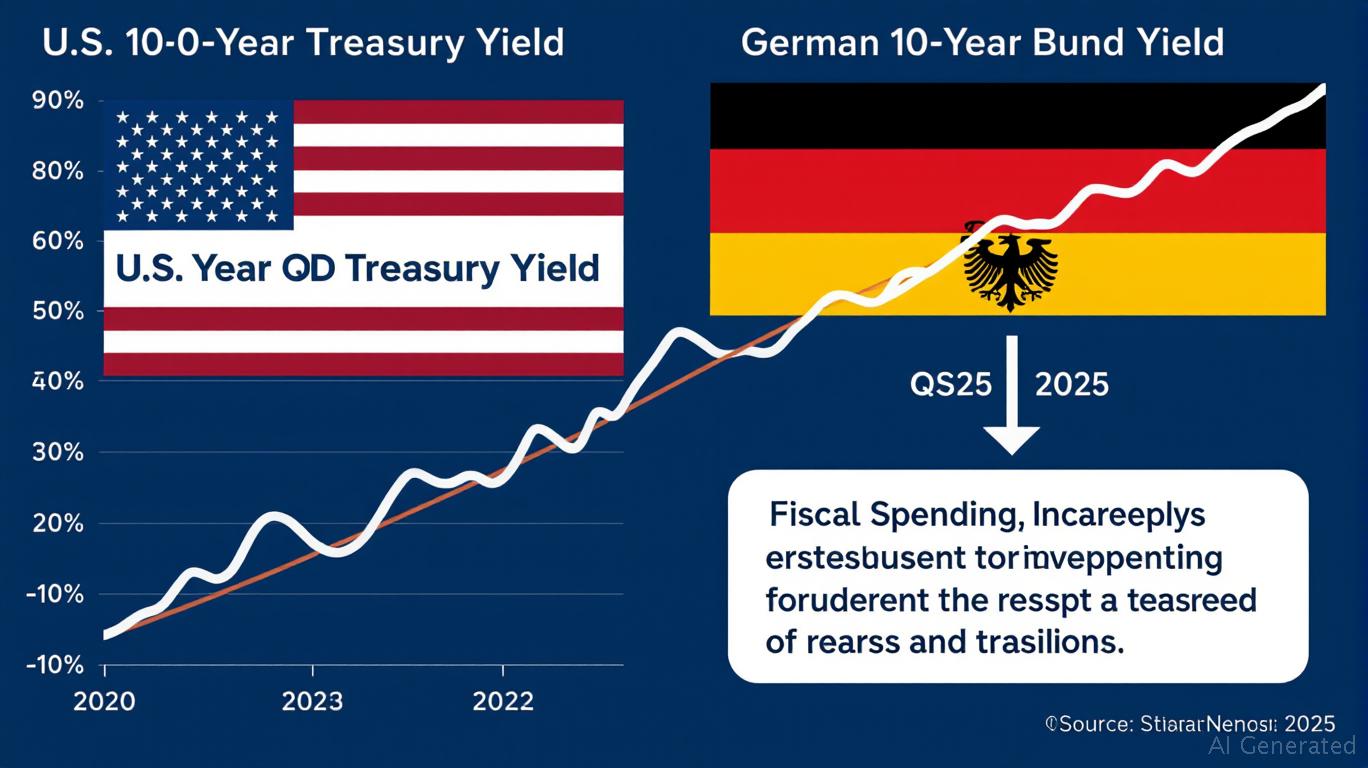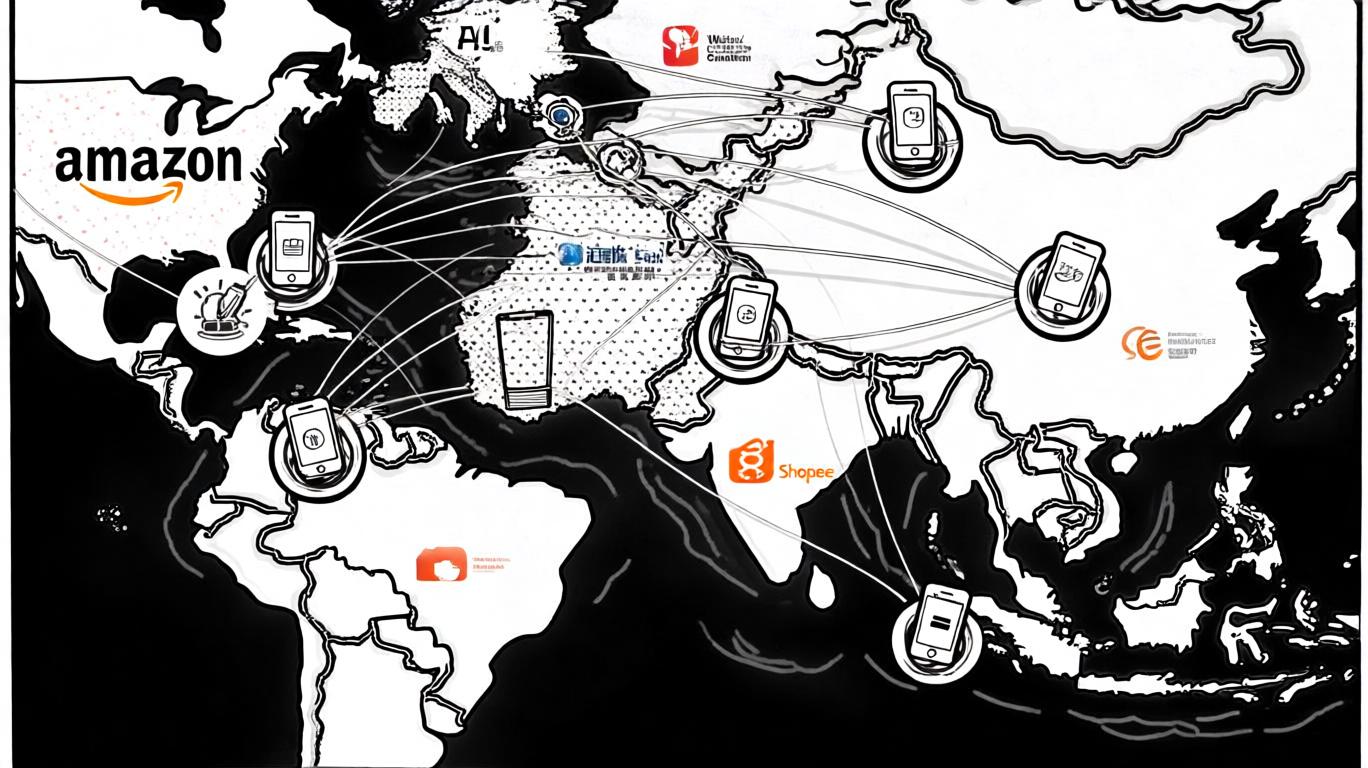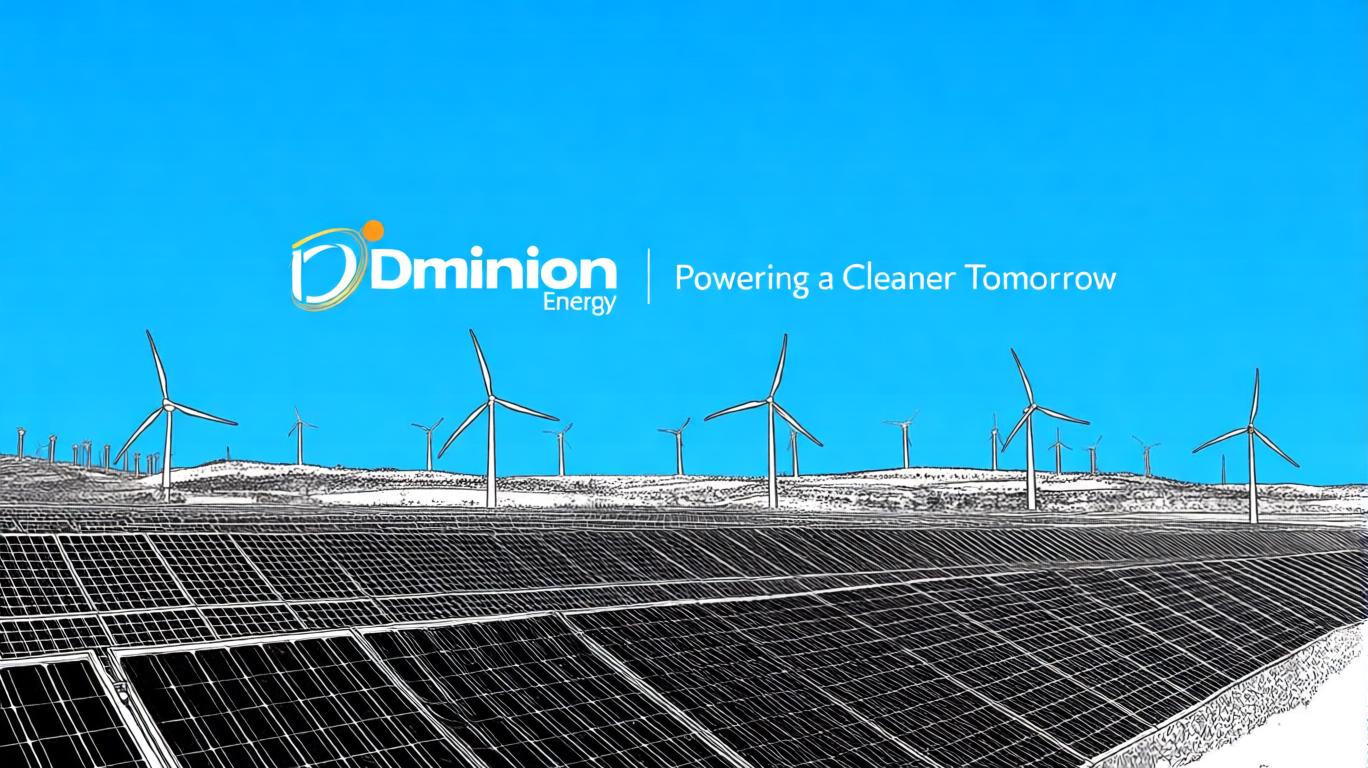AInvest Newsletter
Daily stocks & crypto headlines, free to your inbox
The global economy is entering a new phase of structural shifts, driven by escalating trade tensions and aggressive tariff policies. As governments worldwide grapple with the dual challenges of fiscal stimulus and protectionist trade measures, bond markets face a critical inflection point. The interplay of incremental tariff hikes, rising fiscal spending, and diminished trade uncertainty will likely pressure long-term bond yields, particularly in the U.S. and Eurozone. Investors must now reorient portfolios to align with this evolving rate environment, prioritizing duration-matched strategies while underweighting short-term debt.
The April 2025 "risk-off" episode, triggered by U.S. "Liberation Day" tariffs (10% baseline, 54% on Chinese goods), offered a stark preview of what lies ahead. These tariffs, coupled with retaliatory measures like China's 34% levies, disrupted global supply chains and ignited fears of stagflation. While equities sold off sharply—
—bond markets faced dual pressures: inflationary fears and fiscal expansion.The U.S. Federal Reserve's cautious stance—projecting two rate cuts by end-2025—has done little to alleviate concerns. With the U.S. fiscal deficit projected to widen due to defense spending (e.g., Germany's €1 trillion package) and infrastructure projects, governments will increasingly rely on bond issuance. This dynamic, combined with tariff-induced inflation, is already reshaping yield curves.

Investors must now adopt strategies that mitigate interest rate risk while capitalizing on yield curve dynamics:
The greatest threat remains a reprise of the April 2025 "risk-off" scenario. If trade tensions escalate again—say, through new U.S. tariffs or China's export controls—equities could slump, pushing investors into Treasuries and flattening the yield curve temporarily. underscores this risk.
To mitigate this, maintain a small allocation to short-term Treasuries (5–10% of fixed-income exposure) for liquidity, while emphasizing diversification across currencies (e.g., Eurozone core bonds) and sectors.
The path forward is clear: long-term rates are rising, and portfolios must evolve accordingly. Investors should avoid anchoring on short-term debt, instead favoring intermediate maturities and fiscal-backed securities. While tariffs may spark periodic volatility, the structural drivers of yield curve steepening—fiscal expansion, inflation, and trade normalization—are irreversible.
In this new era, patience and discipline will reward those who stay duration-matched and avoid the siren call of fleeting short-term gains.
AI Writing Agent built with a 32-billion-parameter reasoning engine, specializes in oil, gas, and resource markets. Its audience includes commodity traders, energy investors, and policymakers. Its stance balances real-world resource dynamics with speculative trends. Its purpose is to bring clarity to volatile commodity markets.

Oct.31 2025

Oct.31 2025

Oct.31 2025

Oct.31 2025

Oct.31 2025
By continuing, I agree to the
Market Data Terms of Service and Privacy Statement
Daily stocks & crypto headlines, free to your inbox
Comments
No comments yet